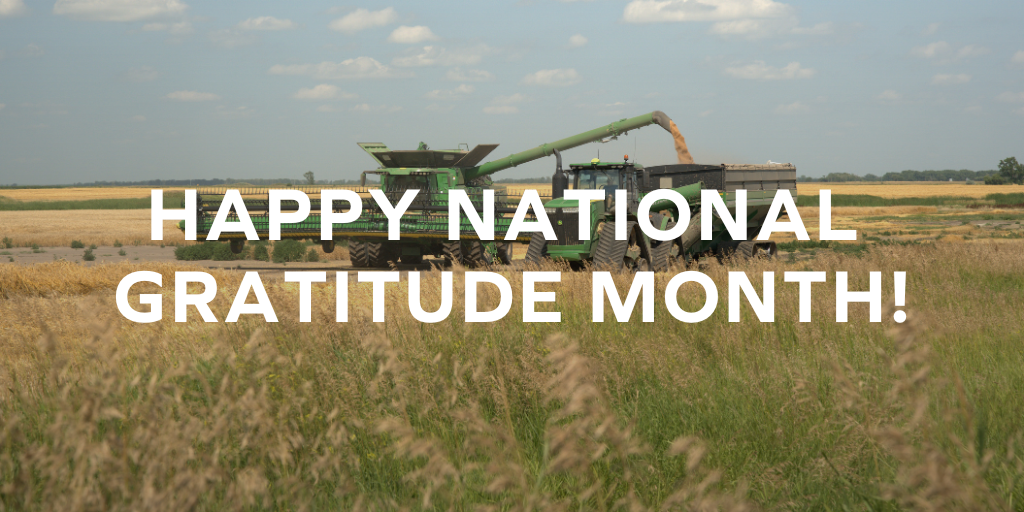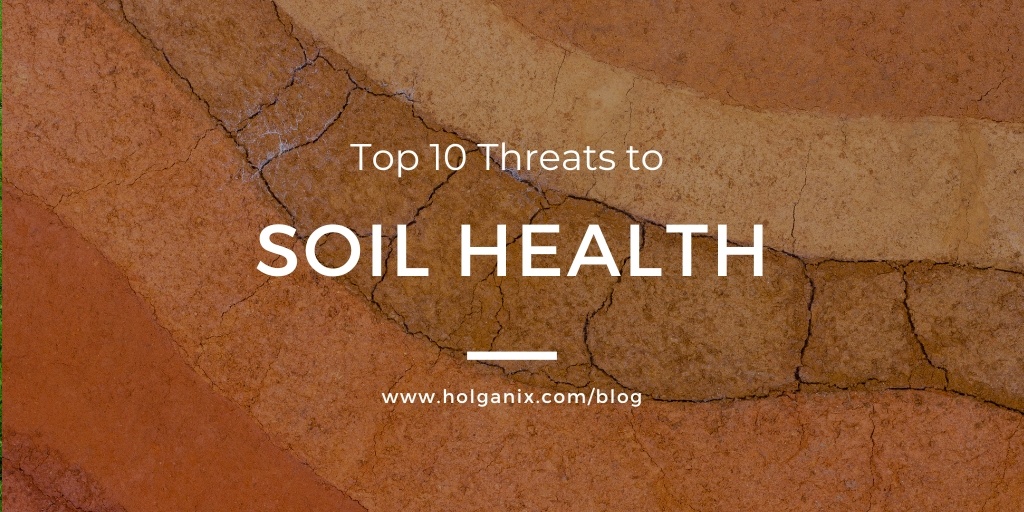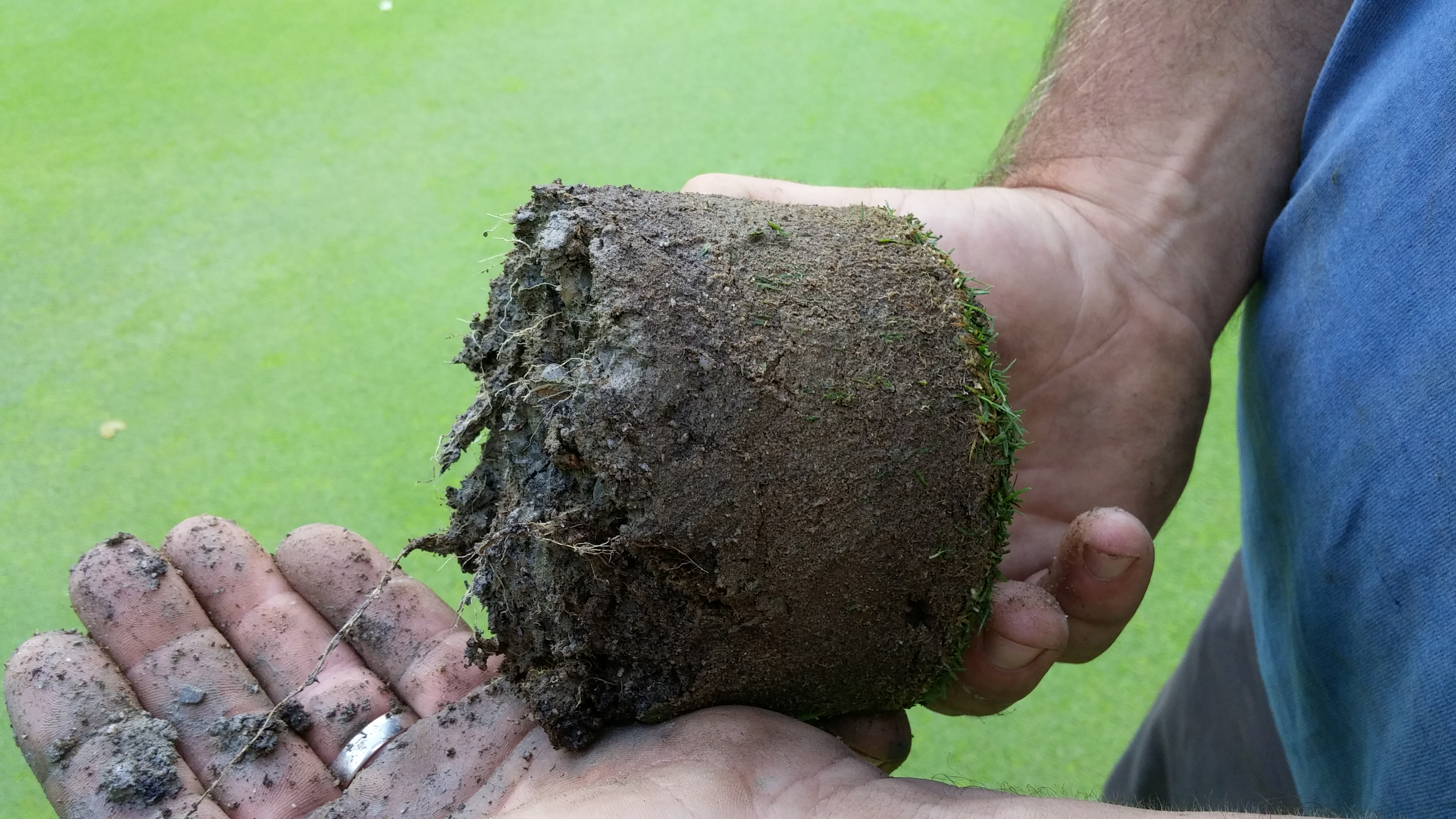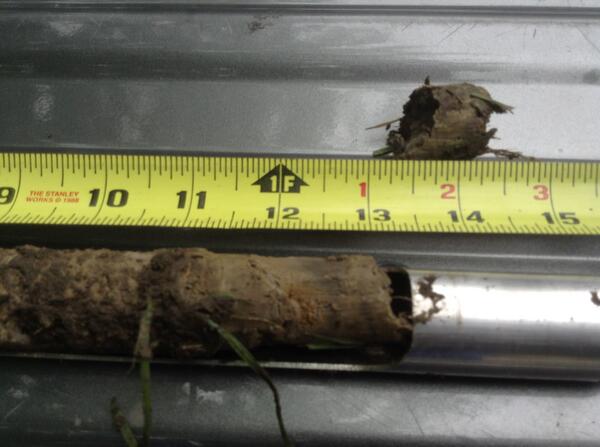-1.png?width=1024&name=WWW.hOLGANIX.COM%20(7)-1.png)
Why do roots matter? When it comes to nurturing healthy plants, very few green industry professionals pay attention to what occurs below the surface. Yet, maintaining a healthy root system is crucial to building a healthy plant.

Dr. Bob Neidermyer, Holganix’s Director of Soil and Plant Science, conducted an experiment on two pea plants. One plant was the control, while the other used Holganix Bio 800+. On the surface the plants looked the same, however if you look at the roots, one plant had significantly stronger roots. What is it that made one pea plant produce healthier roots than the other?
Dr. Bob Neidermyer says the answer to this question lies within the seven tactics to increase root health. Watch our video below or read the article for information on the seven tactics to increase root health.
If you are reading this blog via email, click here to view the video.
What are the Seven Tactics to Increase Root Health?
Tactic 1: Soil structure
The soil structure of a plant is similar to the foundation of a building. Sales Representative Rob McCoy states, “with a poor foundation, a building will have structural issues, causing the builder or owner to pay for repairs.” This is similar to plants. Soil acts as the structure for the plant, so to promote healthy plants you need to first promote healthy soil.
Tactic 2: Soil Fertility
The key nutrients a plant needs to grow include nitrogen, phosphorus and potassium. A soil test can tell you which nutrients or components your soil may be lacking.
Tactic 3: Plant Hormones
Like with humans, hormones help plants grow! Plant hormones such as; auxins, cytokinins, gibberellins, ethylene and absicic acid are essential to plant health. You can add these specific hormones or apply any Holganix Bio 800+ or Holganix PB1 product to foster plant health.
Tactic 4: Bacteria
Bacteria are another component that improves plant growth either by (1) converting nutrients locked in the soil or atmosphere, (2) secreting plant growth hormones or (3) “Bacteria around the roots can actually discourage plant pathogens”.
So, how can you incorporate bacteria? One solution is to use compost or compost tea. You can also apply any Holganix Bio 800+ or Holganix PB1 product. “We add various types of bacteria to our products to get the best results!” says Dr. Bob.
Tactic 5: Fungi
Trichoderma and mychorrhizae are the two basic types of fungi found near the roots of plants. Trichoderma can make roots more sustainable through a process called Systemic Acquired Resistance. Dr. Bob explains that SARs is when fungi secrete a chemical in response to a pest in their environment. The plant receives the chemical signal and mounts a defense against the pest. “It’s like getting a vaccination for plants,” explains Dr. Bob.
Mycorrhizae also aid in root and plant health. These fungi enhance the plant’s ability to uptake water and minerals.
How can you incorporate fungi into your soil? Dr. Bob suggests green industry professionals reduce tillage, apply mycorrhizae, or incorporate Holganix Bio 800+ products or Holganix PB1 Golf.
Tactic 6: Prebiotics
What is it a prebiotic? Just like all living things, bacteria and fungi need food. Prebiotics are the sugars or food that bacteria and fungi need to survive.
One way to ensure that your plants have the prebiotics they need is by applying Holganix products. “We have in our Bio 800+ sugars and other food that will sustain the life of bacteria and fungi that are in a can,” explains Dr. Bob. Prebiotics are also contained in Holganix PB1 products, Holganix Blue Sky, Holganix PreBiotic 2-10-20, Healthy Grow Infused with Holganix and our 4-Part Garden Line.
Tactic 7: Nutrient Enhancers
The role and function of nutrient enhancers are to make nutrients available to plants. They act “almost like a magnet for the root system that pulls nutrients in,” says Rob McCoy. Each Holganix product carries a form of nutrient enhancer.
So, lets go back to the pea plants for a moment. Both pea plants may have looked the same from the surface, but beneath the soil there was a distinct difference. One plant had roots that were longer, stronger, and more sustainable. This plant was also treated with Holganix Bio 800+. Holganix Bio 800+’s ability to utilize these seven tactics allowed the pea plant to produce roots that were much healthier and long lasting.
Article by Leah O'Neill

 |
October 26, 2017
|
2:37 PM
|
October 26, 2017
|
2:37 PM
-2.jpg)
-1.jpg)
-1.jpg)
-1.jpg)
.jpg)

-2.jpg)
-1.jpg)
-1.jpg)
-1.jpg)
.jpg)




-1.png?width=1024&name=WWW.hOLGANIX.COM%20(7)-1.png)


.webp)
-1%20(1).webp)
-831535-2.webp)





